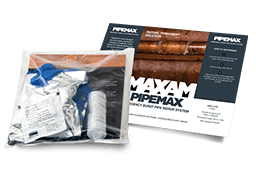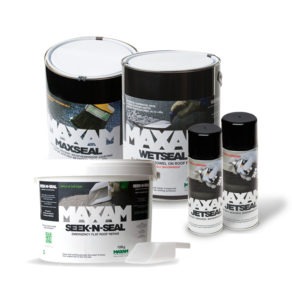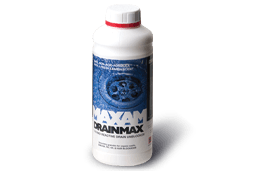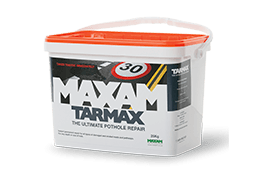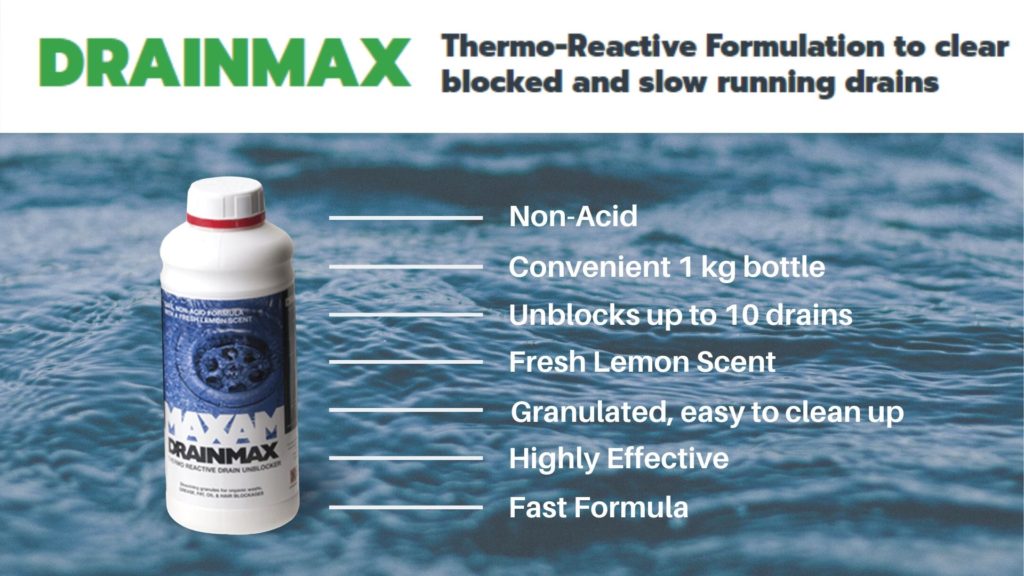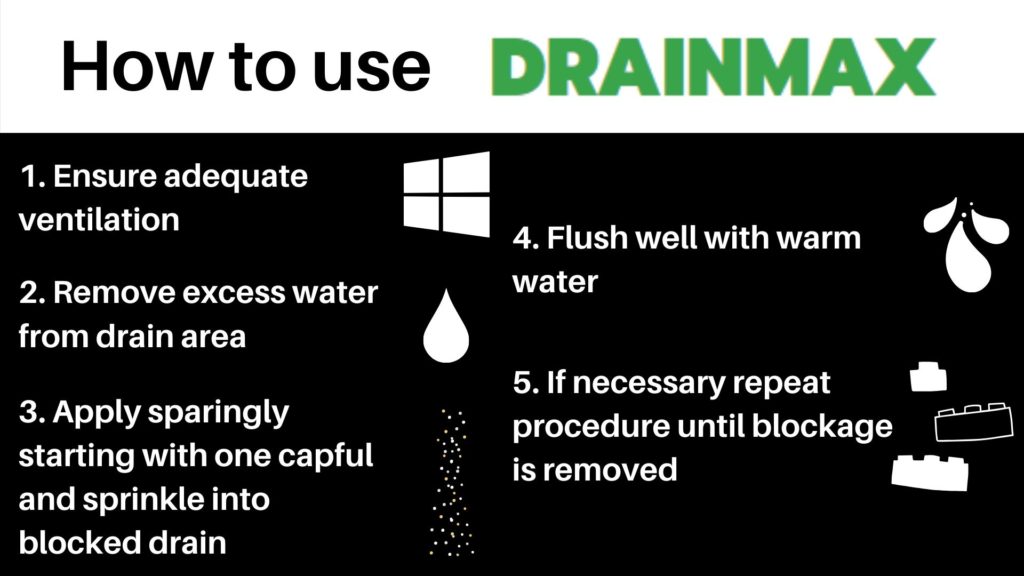With the easing of lockdown and major backlog of repairs, social housing landlords are facing the fresh challenge of meeting their obligations at the same time as protecting tenants and operatives from the pandemic and achieving happy tenants. Never has it been more important for operatives to be able to achieve the correct fix, the first time.
Read our 3-step guide on how to manage the backlog in repairs and fix the right first time:
PPE
Firstly, the welfare of everyone is paramount to prevent the spread of the Pandemic and PPE plays a large part in this. Ensure all staff know the correct PPE to wear especially when entering an occupied property. Ensure they know how to wear the PPE you have an associated and documented sanitising routine for every job. Are they using disinfectants with long term protection or do they need to re sanitise there working space regularly? Is the disinfectant properly certified to EN14476 and does it pose any potential harm to the tenant? Have they the facility to sanitise hands or wash them?
CHOOSING THE RIGHT SUPPLIERS
Not having the right product at the right time is a major reason jobs can’t be completed first time. Many of the Leading merchants have dedicated stock monitoring systems and specialist delivery services to keep the right products on the van and get them to the job just when you need them. Many manufactures of more special goods may offer next day delivery service but if goods are used regularly the merchant will advise when to keep as a freely available stock item.
CHOOSING THE RIGHT PRODUCTS
Cost and price aren’t always equal. Saving 20% on a material may take twice as long to fit, or mean that repair has to be reattended to meaning the ultimate cost is far above the price of a better product. Therefore, careful consideration should be put on ensuring products are the right product to do the job right the first time which ultimately saves cost.
Our Top Product Picks

Dura + Adhesive Sealant
We know that in your job, space is always needed, and time is a precious commodity. Cost saving? Oh, you’re very welcome! When you need to save both space, time and money, the ultimate choice for you is DURA+ Hybrid Adhesive Sealant. When it comes to products suited for social housing repair work, you need dependable, reliable products that get the job done right first time, every time. DURA+ will provide ultimate performance for every task, whether it’s a plumbing leak, kitchen repair or even a dripping gutter in the midst of a torrential downpour. No driving back to the merchant for another sealant for another task, DURA+ will do it all helping manage the job in less time.
Maxam 175 Glass Repair Film
The original and unrivalled emergency glass repair film, invented to secure broken windows in a matter of minutes. Our Maxam175 emergency glass repair film can but used on internal and external glazing. Used to stabilise broken and damaged glass the film can be applied on flat, toughened or laminated glass; as well as many other hard surfaces.
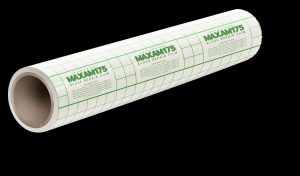
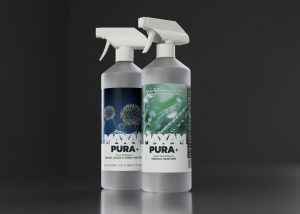
Pura + Mould Treatment
Every building faces mould problems, when dealt with correctly it should not reoccur. MAXAM PURA+ two-part mould treatment will firstly encapsulate the mould spores and safely remove them from the surface then leave a high-performance antimicrobial barrier on the surface. This will completely kill the mould and prevent further use.
Drainmax Drain Unblocker
Blocked drains can be a pain to deal with. Thankfully we have a great solution that will get rid of the blockage within minutes. Dissolving granules for blocked drains saving you possible drain damage by jetting or using rods and expensive call out fees, Drainmax is the much-favoured alternative.
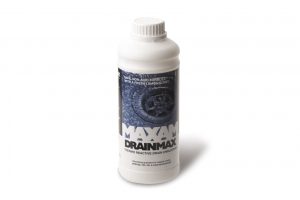
We hope that this blog has helped, if you want to get more advice on repair and maintenance get in touch with the details below:



